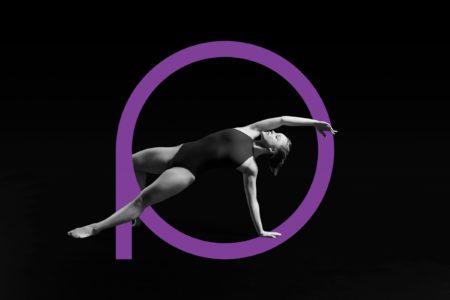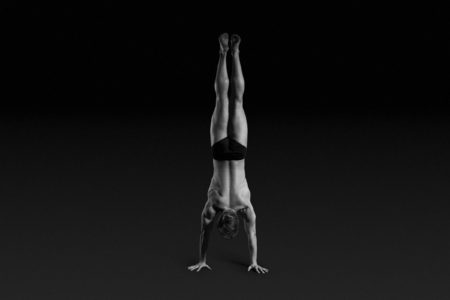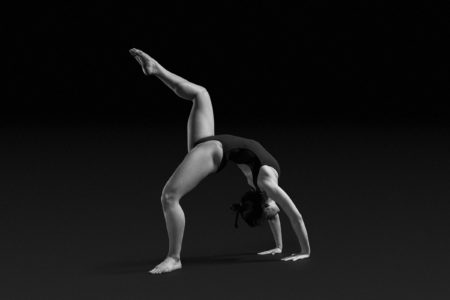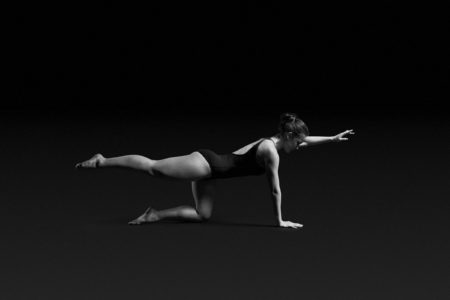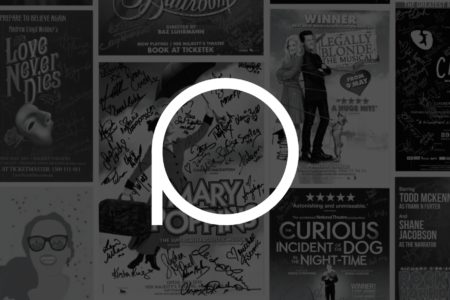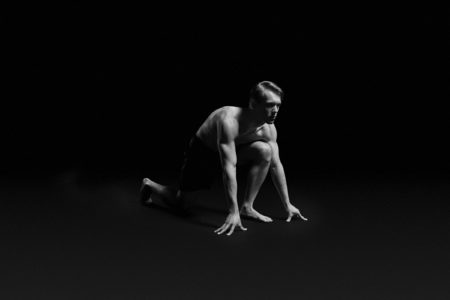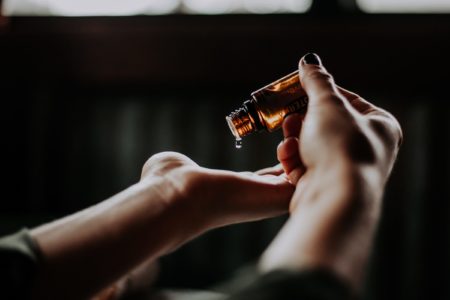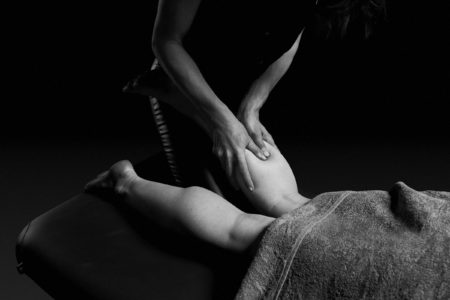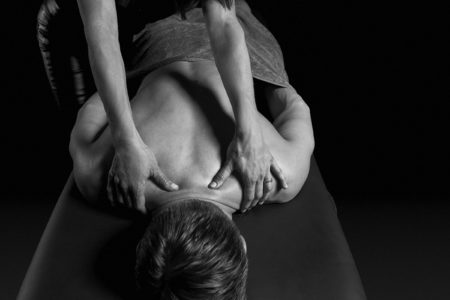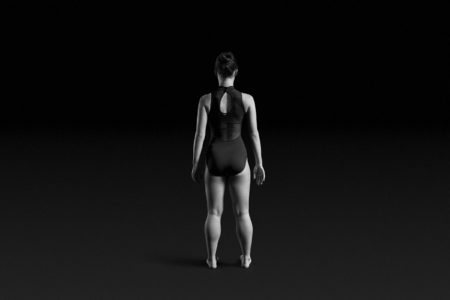Suite 3, Ground Floor, The Gateway,
312 St Kilda Road, Southbank, VIC, 3006
How To Stay Grateful When You Are Injured

Persistent Pain and Injury Catastrophisation
When you say the word “pain”, a few things spring to mind. Fear; disability; good; bad. For each and every person, pain can mean a different thing. It is more than just what is going on with at a biological level. There are in fact many other factors that can influence someone’s experience with and interpretation of pain.
AIM: Use the injury as a time to accept some of what has happened and to work on other areas of your body. Use it as a time for rediscovery.
As a performer, your body is your tool. Arms, legs, torso, brain. It all makes up the wonderful being that you are but what happens if you an injury occurs?
Sustaining an injury, whether it be at work or recreationally, can feel catastrophic. It might mean that you are unable to work, unable to audition, unable to complete class or exams. This may translate into, not being able to earn money, not being able to graduate or not being able to have an expressive outlet.
All of this can impact your body and brain’s ability to process your injury and significantly impact your rehabilitation outcomes.
You might be thinking – how on earth am I supposed to get through this if being injured affects all of these things?
Let’s make sense of this by using Jane as an example.
Jane has been a musical theatre performer for several years now. She has had a few workshop opportunities, and has landed some small roles in local theatre productions. Jane has just been offered her first big job. A job she views as her big break – a supporting role in a national tour. It is a long contract and something she has dreamed of doing since graduating her tertiary studies in music theatre. This is it. The moment she’s been waiting for. Finally. Dream achieved!
Jane commences rehearsals. Everything is going well. She is making friends with other company members, and has booked her family to fly in from interstate for her very first opening night.
The first preview comes and goes without drama. Now, it is the second preview of the show. Jane is preparing for her solo halfway through Act 1’s second dance number. In the middle of her solo, she stumbles. She feels a sting of pain to the outside of her right ankle, but the adrenaline kicks in and she keeps dancing to finish the number. She runs offstage as gracefully as she can, and when she starts to change costumes for her next scene, her dresser notices that her ankle has blown up. Jane knows that she needs to do a lot more dancing on this ankle yet and is worried that she won’t be able to do it. She tries some jumping, but the pain is escalating now and she cannot continue. Jane is advised to rest, while the swing takes over.
In the morning, Jane sees her physio for assessment and it is determined that this may be more than just a simple “roll”. Jane knows she only has one more preview before opening tomorrow, ahead of a 5 show weekend. The physio explains that if Jane continues to perform on this ankle, she is likely to stall the recovery process. The physio recommends that she take tonight off and then reassess the following morning prior to opening night.
Jane’s family is flying in this afternoon. When they arrive, she greets them explaining the situation. Jane’s mum tells her to do what is best for her ankle. Jane’s dad agrees. Jane’s brother gets a little frustrated with Jane because he had to cancel some client meetings to see her perform on opening night (tomorrow). He says “well I hope you’re fixed by tomorrow!”. Jane feels that she is letting people down, that her injury is an inconvenience for her brother. She feels like she is letting her cast members down. And she is crushed that she may miss out on her first major opening night.
Now, it’s the morning of opening night. Jane returns to the physio to assess her ankle. Jane is still struggling to bear weight. She tries strapping it and bracing it with the physio, but even with support she cannot jump, which means she is unable to perform. She returns home to break the news to her family. They are disappointed for Jane. Jane’s mum vocalises her worries that this may end her career and Jane she is even more concerned with her current state of injury and future.
Fast forward a few months: Jane diligently completed her rehabilitation and was able to return to work by the next week, with some minor modifications to her track. She didn’t miss another show the entire season. We are now the morning of opening night in the second city of the tour, her home city. Her parents and brother are attending. Jane is preparing for the show – she has pulled out the same shoes she was planning on wearing to the first opening (she couldn’t wear these as her ankle was too swollen). She feels a niggle in her right ankle. Strange, as she hasn’t had any pain in it since her recovery from the initial injury.
Jane is preparing for her solo in the show – the same number she injured her ankle in last time. She is waiting for her cue in the wings, when intrusive thoughts begin to roll in. What happens if I do it again? My family is out there and I let them down last time they came to see me. I’m not good enough for this. I’ll disappoint them again!
Does that story sound familiar? We’ve heard it many times before, and expect to hear it many times again. Being injured is so multilayered and often your experience is impacted by the who, what, how and when.
We know that stress and anxiety can increase a hormone called cortisol in our body. When we have more cortisol in our body, it can actually increase the intensity of our experience of pain. However, if we are somehow able to control or minimise our cortisol levels, then we have an improved rate of recovery and an improved outcome.
Research has shown that gratitude and mindfulness may help minimise the effects of these on the pain experience. So in other words, when you get injured, your best course of action is to remain calm and don’t stress. Ha! easier said than done!
Understanding the mechanisms behind your pain can help you overcome some of the barriers to recovery. Knowledge is power. The International Association for the Study of Pain defines pain as “an aversive sensory and emotional experience typically caused by, or resembling that caused by, actual or potential tissue injury”. Essentially, this means that you do not need tissue damage/injury to experience pain. Memories of previous painful experiences, worry/stress/anxiety, and perceived threat to the body can all contribute to a painful experience.
Take Jane for example. The initial ankle injury she suffered caused so much disappointment for herself, her family, and at the time she believed possible for her career as well. When reliving the same time in the show just seconds before the circumstances of her initial injury, she began to relive these experiences and had a pain response in her ankle.
This in itself can be worrying for people. For some of you out there, you may be able to relate to Jane’s story. Perhaps you’re worrying right now that these painful experiences will follow you for the rest of your life. Thankfully, there are ways to help manage this and take control of your pain.
Finding gratitude in our everyday lives is something that The Resilience Project’s Hugh Van Cuylenburg has shone a light upon.
People can recommend that you use your rehabilitation time as a new opportunity to work on the things you never get a chance to, like strengthening other areas of your body, refining your artistry, learn new audition material, finish writing the stage show you started five years ago, or relish in the moments of rest that you may be forced to have (for the first time in years!)
To help you through your rehabilitation here are four strategies that you may use
1. WRITE IT DOWN
Write down three things that you are grateful for each day.
At either the beginning or end of each day sit quietly and take five to ten minutes to write down three things that you are grateful for. If you are not feeling grateful, keep writing until you do. This is not just ticking boxes for the things you think you should be grateful for, like a roof over your head, it is for things that you are truly grateful for. By setting yourself up with gratitude, it can alter your perspective on your current situation to see it in a more meaningful and positive way.
2. PRACTICE MINDFULNESS
Mindfulness may be the buzz word of the moment… but research is showing that it can improve focus and outlook. There are many ways to be mindful. You can simply “be” for a few minutes and listen to your breath, or focus on the colour of the leaves in the tree. Alternatively, you could do a guided meditation. Check out The Resilience Project’s page for user friendly mindful activities. The most important part of mindfulness is that there is no-judgement of yourself.
3. CONNECT
Each day, make the effort to speak to or text someone in your support team. Connection with others allows you to feel loved, improve your outlook and therefore increase the chance for successful outcomes.
4. CREATE AND MAINTAIN A ROUTINE
Being injured can really throw a spanner in the works of your daily routine. So maintain a routine, such as getting up at the same time every day, going to bed at a reasonable hour (as sleep is so important in rehabilitation), have specific rehab time and specific relaxation time.
Remember that even if you are experiencing an injury, your thoughts create feelings which dictate your behaviour. You are in control of how you are, by your brain. Creating thoughts to change your feelings and thus your behaviour is a skill and takes practice. Use the strategies above to help you
If you are struggling during any phases of your injury, please reach out to those you love and be sure to make use of Support Act, a free performer support line.
REFERENCES
Bob Proctor https://www.proctorgallagherinstitute.com/
The Resilience Project https://theresilienceproject.com.au/about-us/


